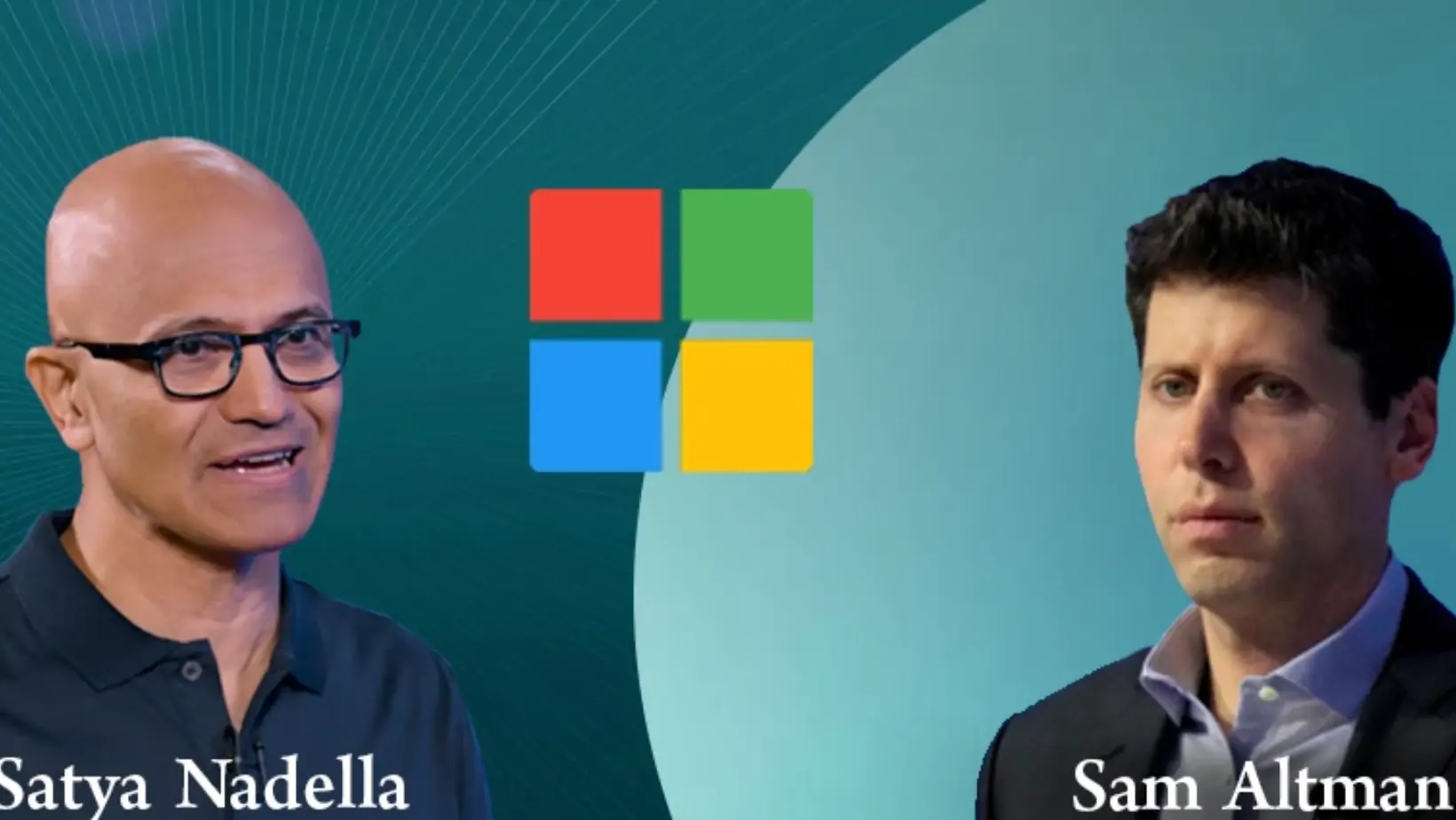
In a shocking turn of events, OpenAI, a leading player in the artificial intelligence (AI) landscape, is grappling with internal strife following the unexpected ousting of its former CEO, Sam Altman. The situation has sent shockwaves through the industry, with implications reaching far beyond OpenAI’s boardroom.
Details surrounding Altman’s removal remain shrouded in mystery, but emerging reports suggest that it may be more about power dynamics than any substantive issues. The abrupt decision has left the AI community speculating about the internal struggles within OpenAI and the motives behind the board’s move.
Seizing the opportunity, Microsoft, under the decisive leadership of CEO Satya Nadella, has orchestrated a strategic move that positions the tech giant as a frontrunner in the evolving AI landscape. Nadella announced that both Sam Altman and OpenAI President Greg Brockman would be joining Microsoft as employees. Altman is set to lead his own AI group within the company as CEO.
In response to these developments, nearly 500 OpenAI employees have indicated their intention to resign unless the board reinstates Altman and Brockman. This mass exodus could potentially leave the company in a precarious state, raising questions about the future of OpenAI’s projects and initiatives.
Despite the uncertainty surrounding OpenAI’s future, Microsoft’s stock price surged nearly 5 points in early morning trading, reflecting investor confidence in Nadella’s strategic moves. The market seems to view Microsoft as a clear winner in this tumultuous situation.
Microsoft’s significant ownership stake in OpenAI, stemming from multiple substantial investments, has been further solidified with Altman and Brockman’s transition to Microsoft. This move positions Microsoft to capitalize on OpenAI’s core technology team without the regulatory hurdles that a full acquisition would entail.
Already providing much of the computational infrastructure for OpenAI technology, Microsoft now secures not only the technical expertise but also the strategic vision and leadership of Altman and Brockman. By avoiding a complete acquisition, Microsoft navigates potential regulatory challenges, making it harder for entities like the EU competition board to contest the move as a simple talent acquisition.
| Name | Position |
|---|---|
| Sam Altman | CEO of Microsoft AI Group |
| Greg Brockman | Executive at Microsoft AI Group |
| Jakub Pachocki | Lead of GPT-4 at Microsoft AI Group |
| Aleksander Madry | Head of Preparedness at Microsoft AI Group |
| Szymon Sidor | Researcher at Microsoft AI Group |
While Microsoft seems to have secured key players, questions loom about the involvement of OpenAI’s chief scientist. Twitter exchanges have hinted at internal discord, with chief scientist Ilya Sutskever expressing regret on the platform. Sutskever has affirmed that he won’t be joining Microsoft, adding an intriguing layer to the unfolding narrative.
The fluidity of the situation makes it challenging to predict the final state of OpenAI or Microsoft’s new AI group. Nadella’s announcement indicates a degree of certainty in the hiring of Altman and Brockman, suggesting that Microsoft may have secured a valuable asset at a potentially lower cost than a future acquisition would have entailed.
As the dust settles on this AI industry upheaval, one thing is clear – Microsoft has played its cards well. Nadella’s decisive actions position Microsoft as a dominant force in the AI landscape, with potential long-term benefits that outweigh the risks of an investment in OpenAI.
The next chapter in this unfolding story will reveal the fate of OpenAI, the impact on its projects, and how Microsoft’s bold move will shape the future of AI development on a global scale. South African readers, like their global counterparts, will undoubtedly be watching closely as the tech industry navigates this unprecedented turn of events.
This website uses cookies.